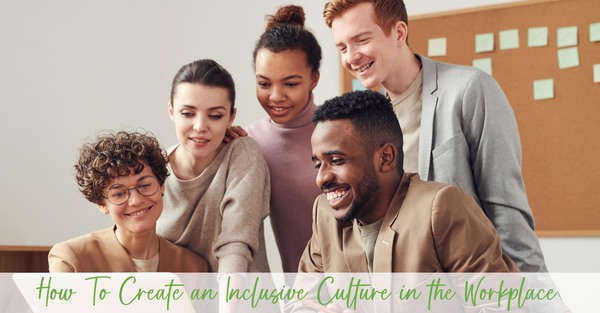Drop off your CV
We serve the global HR community through our offices located in Delhi, Hong Kong, London, New York, São Paulo and Singapore and have placed HR leaders in over 30 countries.
Recently on HR Insights, our podcast host Emily Ramji sat down with Paul Anderson-Walsh, the...

Recently on HR Insights, our podcast host Emily Ramji sat down with Paul Anderson-Walsh, the Co-Founder and CEO at The Centre for Inclusive Leadership.
Paul’s core vision is to elevate the human experience in the workplace and his core mission is to end workplace inequality by enabling people to be their best selves and do their best work. Inclusion is at the heart of every business and creating an inclusive culture in the workplace has become more important than ever over the last year. Paul explains that the best way to do this is to have inclusion steered from the top down. Good leaders create other leaders, instead of followers, by being their authentic selves and setting the tone for the rest of the organization. To truly understand how to create an inclusive culture first you need to separate inclusion from the group it tends to be connected to.
Although inclusion falls hand in hand with diversity, diversity simply just means to be different, to be an individual, whereas inclusion is an emotion. Paul discusses how you need to be able to feel and understand the contrast between inclusion and exclusion before you can fix it. He goes on to say that you need to ask yourself whether the environment you are working in is psychologically safe, does it allow you to thrive, be authentic and grow? Workplaces that make you feel respected, valued, safe, and trusted and that you belong, in turn, help you to do your best work. Paul and his team created a proprietary model called ‘H.E.A.R.S’ to help organizations create an inclusive culture. In an inclusive organization, everybody H.E.A.R.S. It’s an important acronym as in an inclusive environment people actually listen to one another and they listen to themselves.
This brings us to the first letter ‘H’, hearing, when you listen to yourself you start to recognize your assumptions, biases, and stereotypes, which we all have, none of us are immune. But in an inclusive organization, people are sufficiently and emotionally intelligent that they learn how to interrupt their biases which is important because only when those biases can be recognized and interrupted are you able to treat people equally well. An inclusive organization understands that there is a difference between treating people equally and treating people the same. Paul explains the letter ‘E’ in their thesis, which surrounds the idea that diversity is different, the same treatment doesn’t work across the board with everyone. As individuals, people want to be treated as equals rather than treated the same.
The next letter is A, authenticity. In an inclusive organization, people feel psychologically safe enough to be authentic and to be themselves, they ask themselves important questions such as; “can I be me in this organization and can I let you be you?” Understanding any biases and dislikes you have formed about someone and interrupting those thoughts helps you to be authentic and move forward to the final letter of the model.
‘R’ is about respect, not only about the respect your give to others but the respect you give to yourself. In an inclusive culture people respect themselves for what they bring to the table, they value their own contribution as well as that of others and that becomes really powerful. People then don’t act in ways that undermine each other and they always give one another the benefit of the doubt. The H.E.A.R.S model is constructed in such a way that it first deconstructs and helps you understand why you believe what you believe about certain people and what is going on for you in your own mind.
We all walk around with a confirmation bias, affinity bias, attribution bias, beauty bias etc. We need to explore “is what I’m believing about this particular person causing me to treat this person less well than that person, what am I believing about them?” Paul’s plea to our Community is to recognize that inclusion is core to the human condition, each and every one of us has a desire to belong, be vital, and be accepted. The amount of energy and care that many of us pour into our workplaces merits and absolutely demands that we are put in an environment where we can be at the heart of our organizations and have the organizations in our hearts. People want to belong and our conversations have an absolutely amazing opportunity to create belonging in a world that is very fractured and very isolated right now.